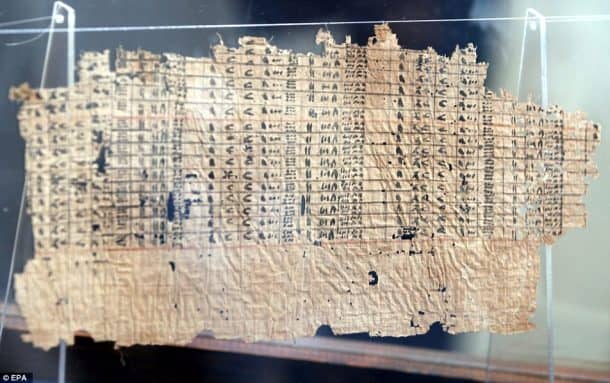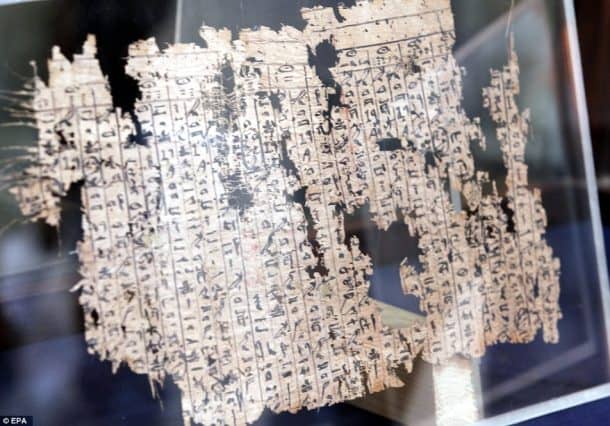The Great Pyramid of Giza is one of the seven wonders of the world. No one has been ever able to crack the secret behind the incredible structure. It is impossible to even imagine this grand building without the hoards of technology that we have today.
The British Television station Channel 4 recently aired a documentary that features the recent evidence about the construction of the Great Pyramid of Giza. Discovered in the port of Wadi al-Jarf on the Red Sea, the evidence is a piece of papyrus etched with information that is in some ancient language in the form of symbols.
The 139-meter (455 feet) tall pyramid was made in about 20 years. The limestone was quarried in Tora across the river from Gaza and granite was brought from Aswan that is over 800 kilometers (500 miles) south of the city. The biggest mystery of the construction of the pyramid was how the stone was transported to the site, and the answer has been found just now.
A team of French-Egyptian archeologists found records of construction in the 4,500-year-old diary of Merer, an official with a team of 40 elite workmen who was involved in the construction of the pyramid. It was commissioned by the fourth dynasty Egyptian Pharaoh Khufu and was completed around 2560 BC.

The diary of Merer documents the lives of workers that built the most ancient of the seven wonders of the world with their own hands. The researchers studied the hieroglyphs and hieratic writings, but they were able to decipher only three months of Merer’s life.
John Gardner Wilkinson, the 19th-century English explorer, had created a travel diary in his times that was used by Pierre Tallet, the Egyptologist, to find the rolls of papyrus in limestone caves, just a few miles inland from the Red Sea.
“Near the ruins is a small knoll containing eighteen excavated chambers, besides, perhaps, many others, the entrance of which are no longer visible. We went into those where the doors were the least obstructed by the sand or decayed rock, and found them to be catacombs; they are well cut and vary from about 80 to 24 feet, by 5; their height may be from 6 to 8 feet,” Wilkinson’s diary reads.

Zahi Hawass, the Egyptian archeologist and the former chief inspector of the pyramid site, calls it to be “the greatest discovery in Egypt in the 21st century.”
Merer describes in his diary about stopping at Tura along with thousands of workers and filling specially built boats with tons and tons of limestone and taking it up the Nile. An array of artificial waterways were made all the way to Giza, as close as it could get to the construction site. The stones from the boats were rolled to the foundation on specially built tracks. It was reported to the “the noble Ankh-haf,” the half-brother of the Pharoah Khufu.
Thanks to the diary of Merer, now we know who was responsible for managing the development of the Great Pyramid, sources of materials, and most importantly, the technique of transporting stone to the site.
The Egyptian Museum in Cairo exhibits the papyrus proudly.


